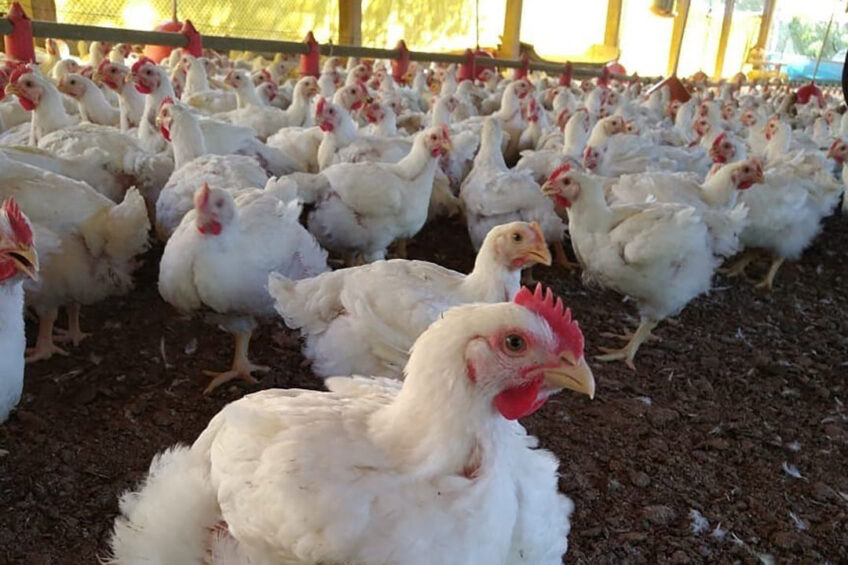Brazilian exports might increase for poultry but drop for pigs

ABPA (Brazilian Association for Animal Protein) has presented its forecasts for the poultry and pig sectors in the country for 2022 and 2023.
In 2022, Brazilian poultry and pig meat production will increase, but exports will increase by 5% for broilers, while pork meat shipments may decline by 3%. In 2023, both sectors will evolve positively in terms of production and exports, according the association.
Poultry flies
Brazilian production of chicken meat may grow by 1% in 2022 compared to 2021, reaching 14.5 million tonnes.
According to ABPA, the availability of chicken meat on the domestic market is also expected rise, increasing 0.5% in 2022, reaching 9.78 million tonnes.
“Producers have supplied domestic availability, which has sustained consumption per capita levels. Public programmes will hit the market later this year and may increase the population’s purchasing power,” analysed Ricaro Santin, ABPA president.
On the other hand, poultry exports, according to the ABPA, should reach up to 4.9 million tonnes this year, which is 6% higher than the previous year.
“The animal health issue is still pressuring global poultry meat trade. New avian influenza outbreaks were notified amongst large producers, sustaining demand to exporters free of the disease. That is the case in Brazil,” said Santin.
In addition, he pointed out other topics as such Ukraine’s lower participation in international trade, Mexico´s removal of import tariffs until next year, the strong Philippine demand, and the temporary reduction of South Korean import tariffs.
Also, according to ABPA’s perspectives, chicken meat production for next year is projected to jump 5%, with domestic availability expected for 2023 at 9.8 million tonnes.
In 2023, the expectation is for exports to grow again by 6%, reaching up to 5.2 million tonnes.
Pig wallows
For pork meat, ABPA indicates 5% more production in 2022, reaching 4.95 million tonnes. In 2023, production is expected to reach 5.1 million tonne (up 3%).
The domestic market in 2022 can receive 9% more pig meat, (about 3.9 million tonnes). For 2023, the expectation is 3.95 million tonnes, or 2% more.
“Pork meat is now more competitive than other proteins, which has generated a considerable boost in domestic consumption, which is expected to reach 18 kgs per capita for the first time,” analyses Luís Rua, markets director at ABPA.
In this sense, exports projected by the sector for this year should reach up to 1.1 million tonnes, or 3% lower than that recorded in 2021, but still the second best result in the history of Brazilian pig farming.
In 2023, however, a new increase of up to 9% is expected, with volumes that could reach 1.2 million tonnes.
“There is an expectation of an increase in Chinese imports of pork over the second half of the year, which should favour exports in the sector, as we have already noted,” adds Rua.
According to him, other factors can lead Brazilian pig exports to 100,000 per month as of this year, such as the Canadian market, tariff reductions in South Korea and Vietnam, and the expansion of sales to new markets, such as Thailand.
Sector competitiveness
ABPA also detailed factors of competitiveness of Brazilian poultry and pig farming. One of these points addressed was products and service costs. For instance, Polyethylene used in the production of packaging increased by 61% between 2018 and 2021, according to the study.
Electricity increased by 32% in the same period, keeping Brazil among the countries with less competitive energy costs compared to other major world exporters of proteins.
Costs have also become higher in export logistics. The average international freight per container jumped from US$3,890 in 2018 to more than US$7,000 in 2021.













